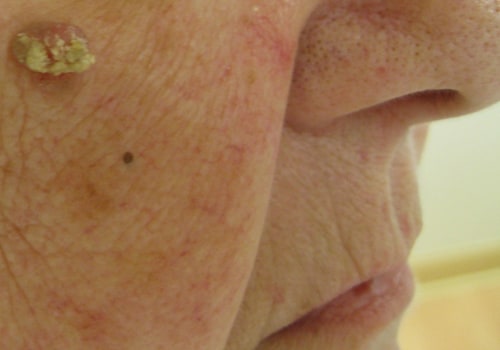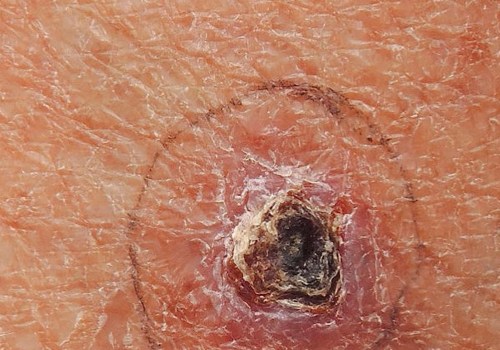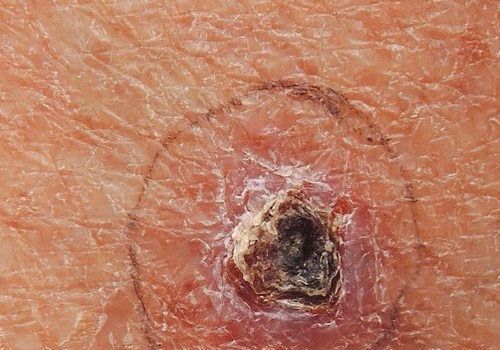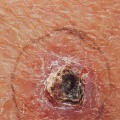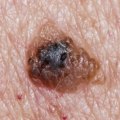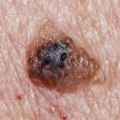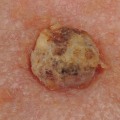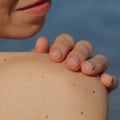Basal cell carcinoma (BCC) is a type of skin cancer that affects the basal cells, which are the cells that line the bottom layer of the epidermis. BCC is the most common type of skin cancer, accounting for more than 80% of all skin cancer cases. It is usually found on areas of the body that are exposed to the sun, such as the face, neck, and arms. BCC is usually slow-growing and rarely spreads to other parts of the body, but it can cause disfigurement if left untreated.
The cause of BCC is unknown, but it is believed to be related to long-term exposure to ultraviolet (UV) radiation from the sun or tanning beds. People with fair skin, light-colored eyes, and red or blond hair are at higher risk for developing BCC. Other risk factors include a weakened immune system, a history of radiation therapy, and a family history of skin cancer. The most common symptom of BCC is a small, raised bump on the skin that may be pink, red, or white in color.
The bump may also have a waxy or pearly appearance and may bleed easily. Other symptoms include an open sore that does not heal, a scaly patch of skin that may crust or bleed, and a scar-like area that is white, yellow, or waxy. If you notice any changes in your skin or any suspicious bumps or lesions, it is important to see your doctor right away. Your doctor will examine your skin and may take a biopsy to confirm the diagnosis.
Treatment for BCC depends on the size and location of the tumor and may include topical medications, cryotherapy (freezing), surgery, radiation therapy, or photodynamic therapy (PDT). It is essential to protect your skin from UV radiation by wearing sunscreen with an SPF of 30 or higher and avoiding tanning beds. You should also check your skin regularly for any changes and see your doctor if you notice anything suspicious. Early detection and treatment are key to preventing disfigurement from BCC.
